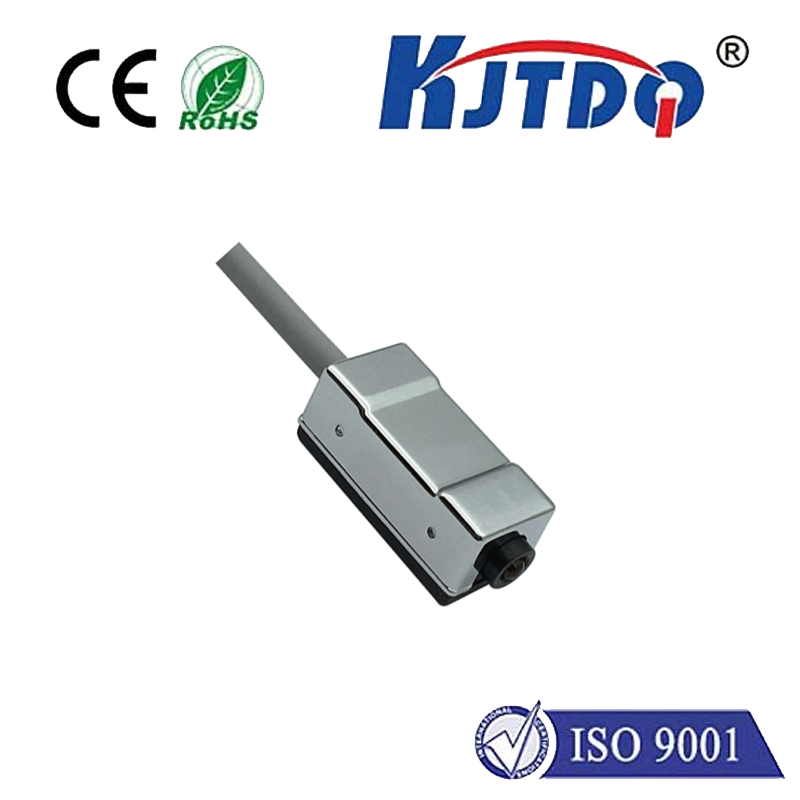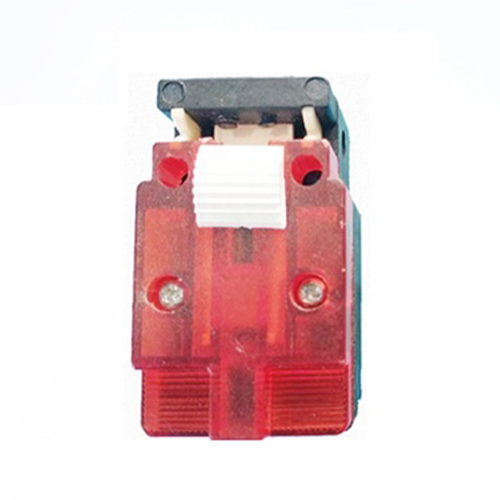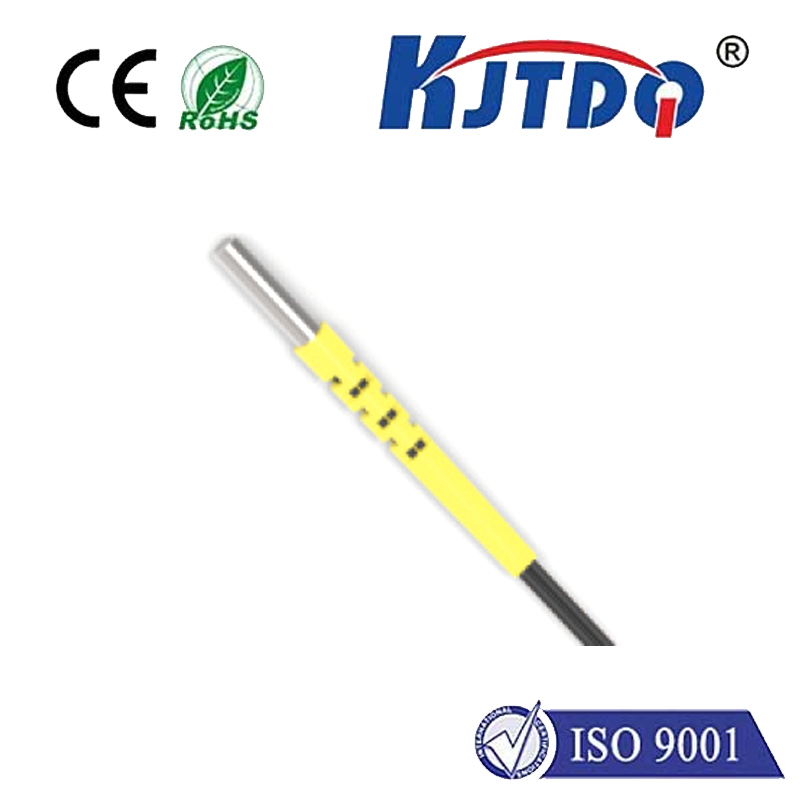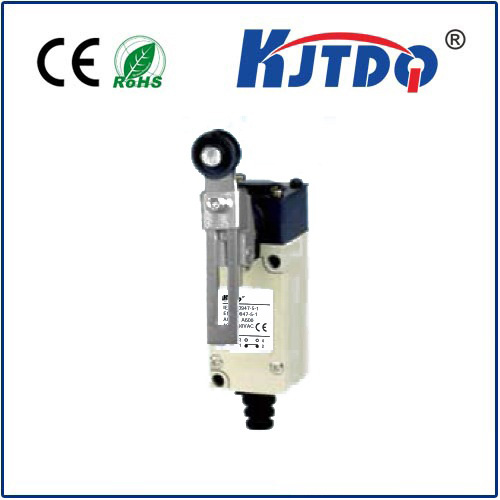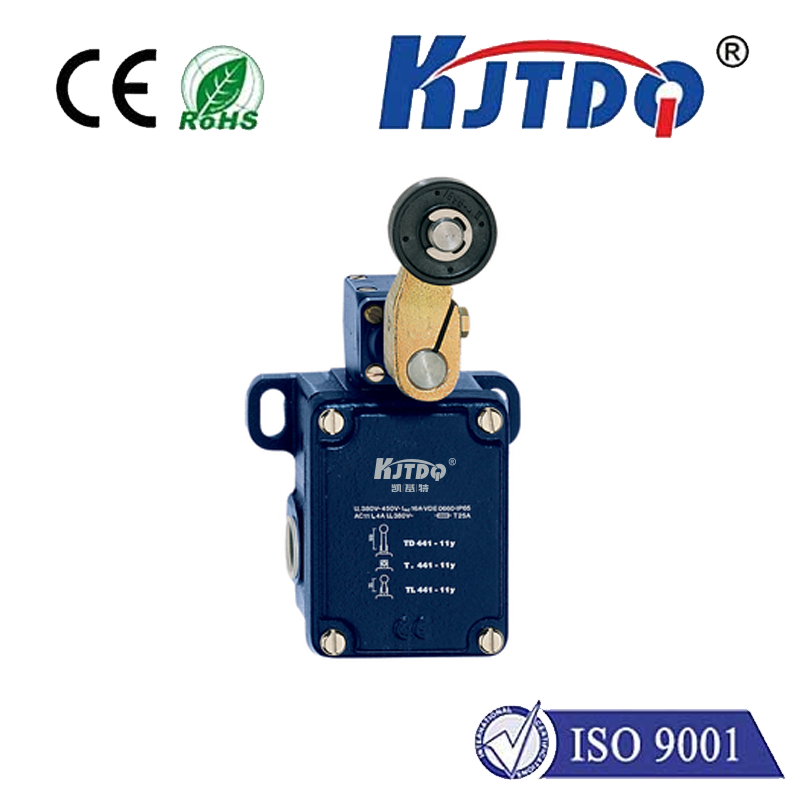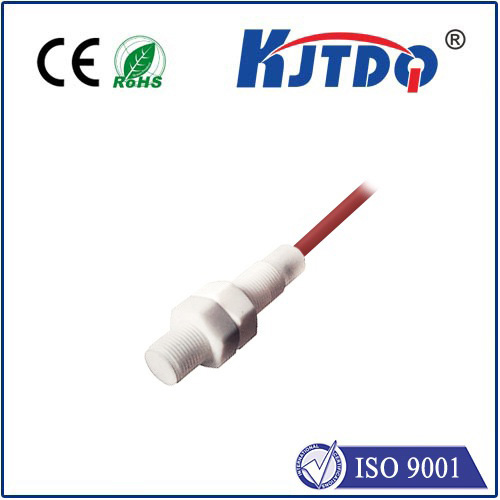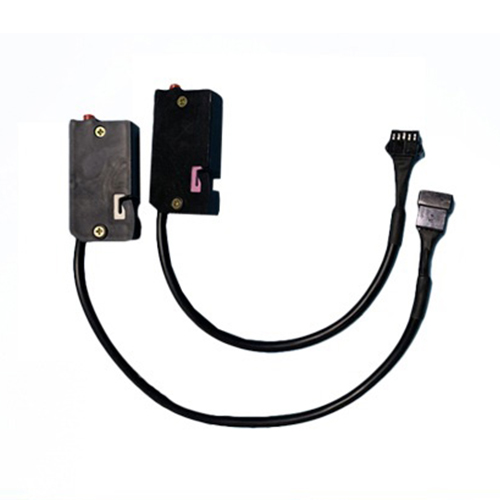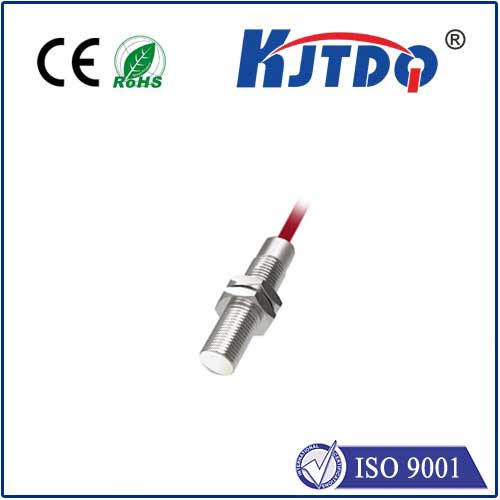

check

check

check

check

check

check

check

check

check

check

Title: Understanding the Mechanics of Limit Switches and Proximity Sensors Introduction: In the realm of industrial automation, the importance of precise control mechanisms cannot be overstated. Among the myriad of devices engineered for this purpose, limit switches and proximity sensors stand out due to their vital role in motion control and object detection. By exploring how these components function and interact, we can appreciate the technology that underpins modern automation systems. What are Limit Switches? A limit switch is a safety device that is typically used to control the movement of machinery. It is an electromechanical device that reacts when an object physically contacts the actuator. This contact either completes or breaks an electrical circuit, sending signals to stop or reverse the motor’s direction. These switches are widely used in conveyor belts, elevators, and any application where it’s essential to restrict the travel of an apparatus within predefined limits. The simplicity and reliability of limit switches make them indispensable in safeguarding both equipment and personnel. Proximity Sensors: A Closer Look Proximity sensors, on the other hand, extend the capabilities of limit switches by detecting the presence of objects without physical contact. These sensors work on various principles such as inductive, capacitive, ultrasonic, and photoelectric proximity sensing. Inductive sensors, for example, use electromagnetic fields to sense metallic objects, making them suitable for industrial environments where metal parts are handled routinely. Photoelectric sensors use beams of light that, when interrupted, trigger an output signal—ideal for situations requiring non-contact measurement over distances. The Fusion of Limit Switches and Proximity Sensors When integrated into a single system, limit switches and proximity sensors form a robust solution for comprehensive motion control and object detection. While limit switches provide definitive start and stop points for mechanical movements, proximity sensors offer continuous monitoring and feedback on an object’s position or existence. Together, they enable the automation of complex processes with high precision and efficiency. Applications in Industry The combination of limit switches and proximity sensors finds applications across various industries. In automotive manufacturing, they manage the assembly line operations ensuring vehicles are correctly fitted with parts. Within packaging lines, these sensors ensure products are properly aligned and spaced before packaging. Moreover, in the robotics sector, they contribute to the accurate positioning and navigation of robotic arms and systems, enhancing productivity and reducing downtime. Conclusion: The synergy between limit switches and proximity sensors epitomizes the advancement of automation technologies. As industries continue to innovate towards greater efficiency and safety, the role of these components becomes ever more critical. Embracing the potential of limit switches and proximity sensors means harnessing not only their individual strengths but also the powerful solutions born from their collaboration.
